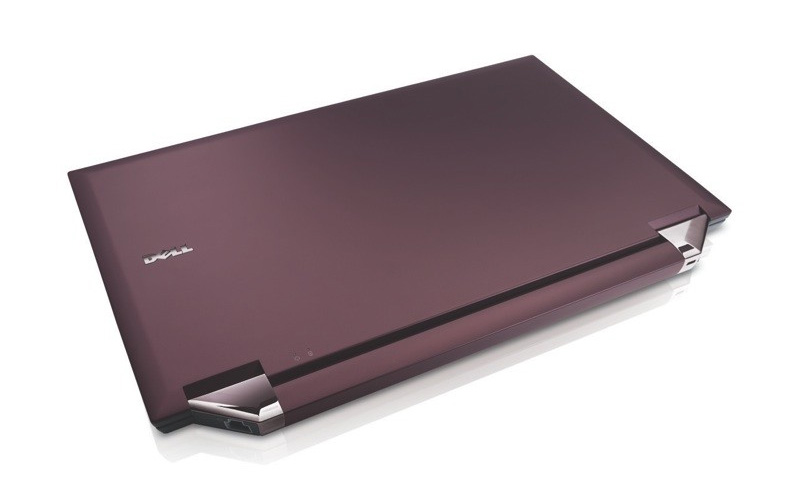
At this week’s MIX09 conference in Las Vegas, Microsoft unveiled a developer beta of Silverlight 3.0, the latest version of its media-rich online application technology. Although Silverlight is often hailed as a competitor to Adobe’s Flash—and it is—Silverlight is also intended to do more than put media in users’ Web browsers: it also aimed to bring desktop application controls and capabilities to Web browsers, and in that sense is more of a competitor with Adobe Air. Microsoft has been aggressively promoting Silverlight, pushing the technology across all its sites and rapidly pushing new versions out the door: Silverlight 2 become available only last October, and five months later the company is already delivering a beta of Silverlight 3.
Some key features in Silverlight 3 will focus on media delivery—not surprising since some of Microsoft’s showcase projects for Silverlight have involved streaming video, including feeds from the 2008 Beijing Olympics. Silverlight 3.0 will support hardware GPU acceleration for greater levels of interactivity along with support for true HD video, new video codecs, and (to keep the advertisers happy) integrated support for media analytics, so folks can track exactly what users watch. Silverlight 3 will also offer improvements to Microsoft’s touted Deep Zoom technology, along with perspective 3D rendering and pixel shader effects.
For application developers, Silverlight will offer improved text capabilities, support for multitouch interfaces (think Surface and touchscreen PCs), a swath of new controls, and impoved caching support. Silverlight 3.0 will also offer improved tools for XML and databinding so Silverlight applications can more easily interact with databases and other services to offer customized and highly interactive experiences.
Silverlight 3.0 will also support applications that can be installed and run on the desktop as lightweight applications—and these apps will run on Intel-based Macs as well as Windows PCs.
The Silverlight 3.0 beta is available now to developers; Microsoft hasn’t offered a date for shipping Silverlight 3.0, but the company is clearly looking to advance the technology quickly.
According to Microsoft, more than 200 products and Web sites are currently using Silverlight (many of which are, of course, Microsoft properties) and more than 350 million copies of the Silverlight runtime have been downloaded and installed to date.


